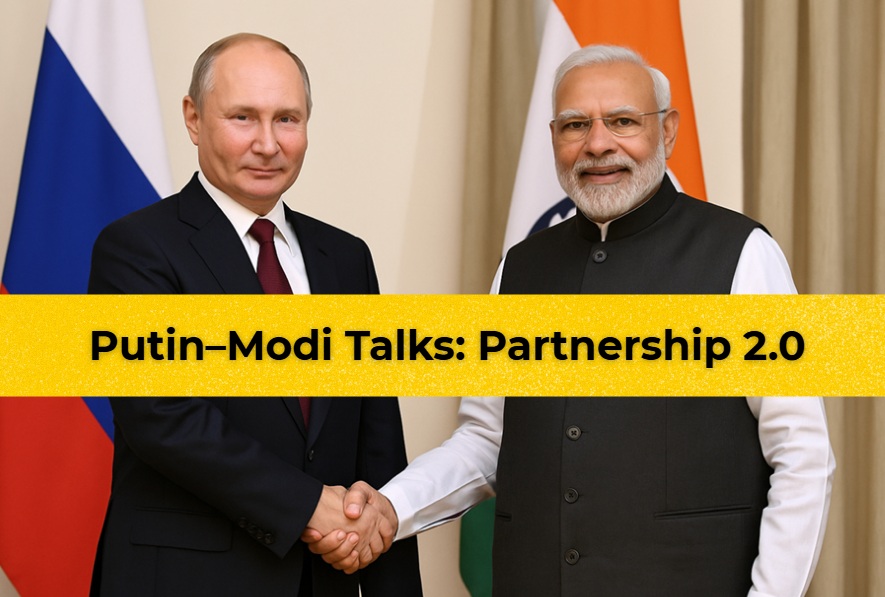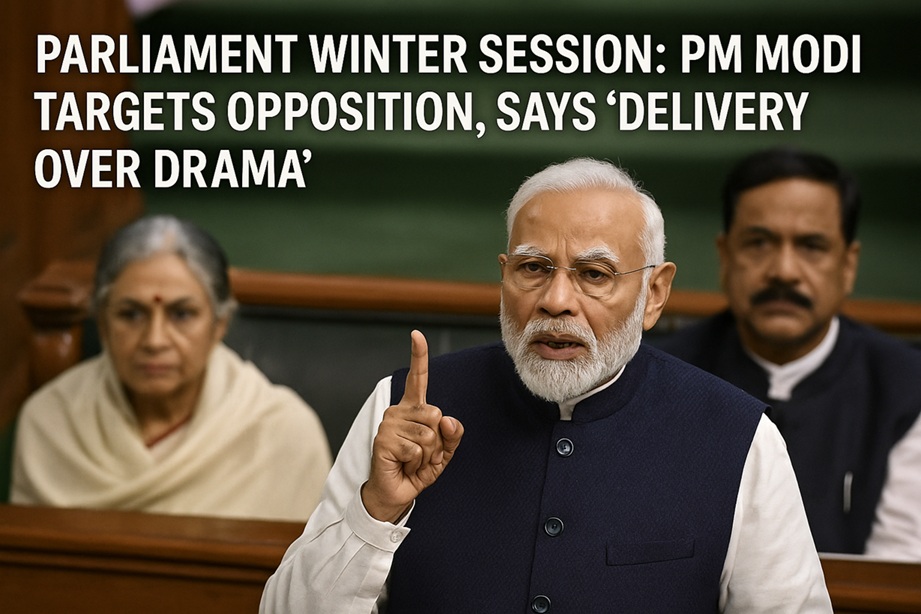India Hits Back After Pahalgam Attack
Airspace Closed: No Pakistani aircraft allowed — symbolic & strategic.
⚓ Navy on the Move: INS Vikrant & Vikramaditya deployed in Arabian Sea.
Digital Strike: Pakistani celebrity accounts geo-blocked — cyber pressure begins.
Missile Tests: BrahMos launched from sea — message loud and clear.
Pakistan in Panic Mode
Bank Runs: Queues in Karachi & Lahore — fear of escalation.
Flights Suspended: International departures halted till May 31.
♻️ Midnight Reshuffle: ISI chief Asim Munir made NSA — signs of internal chaos.
Crisis Deepens: Balochistan unrest rises; civil-military ties crack.
Geopolitical Shifts & Global Stakes
Water Pressure: Chenab flow reportedly blocked — Indus Treaty tested.
US Watching: Secretary of State Rubio urges calm — acknowledges India’s stance.
New Doctrine: India now acts on intent, not just provocation.
The brutal terror attack in Pahalgam, which claimed the lives of several Indian security personnel and civilians, has triggered a tectonic shift in India’s strategic doctrine. What should have happened long ago is now unfolding — not through statements, but with swift and visible actions. This is not the India of passive condemnation and diplomatic notes. This is an India recalibrating its national security playbook.
India’s Response: Decisive, Coordinated, and Multidimensional
In a move loaded with symbolism and strategic intent, India has closed its airspace to all Pakistani aircraft, halting both civilian and cargo traffic. This is not just an airspace denial — it is a geopolitical signal. A signal that India no longer plays by the old rules.
Simultaneously, several Instagram accounts of prominent Pakistani celebrities were geo-blocked, adding a digital dimension to India’s pressure campaign. While this may appear symbolic on the surface, it demonstrates India’s willingness to act across multiple spheres — air, sea, cyber, and public discourse.
Behind this hardline stance is the unmissable message: Pakistan’s policy of proxy warfare will now incur real costs.
INS Vikrant and Vikramaditya: Maritime Might on Display
In the Arabian Sea, India has deployed the formidable INS Vikrant, marking a significant relocation from its earlier position in the Bay of Bengal. Alongside INS Vikramaditya, these aircraft carriers form the backbone of India’s maritime deterrence. Described as floating sovereign airfields, they provide launch platforms for MiG-29K fighter jets, MH-60R Seahawks, Kamov, Sea King, Chetak, and ALH Dhruv helicopters — the heart of India’s two Carrier Battle Groups.
Their movement and deployment signify a potent show of force. With BrahMos missiles being test-fired from naval platforms, India’s readiness to escalate — or respond with force — is unmistakable.
There are reports that the Indian Navy may soon move to enforce a maritime blockade, shutting down Pakistan’s key shipping lanes, thereby throttling its fragile import-dependent economy. A closure of Pakistan’s maritime corridors would be an escalation with both economic and strategic implications.
Pakistan in Panic: Political Chaos and Military Confusion
Across the border, Pakistan is gripped by chaos. Following India’s assertive stance, panic has seeped into civilian and political quarters. Banks in Karachi and Lahore witnessed long queues, with people withdrawing money and preparing to flee. International flights out of major cities have been suspended until May 31 — an apparent attempt to curb an exodus of wealth and people.
Adding to the turmoil, Lt. Gen. Asim Munir, the head of the ISI, was abruptly appointed as National Security Advisor. The midnight reshuffle — unannounced and unexpected — hints at inner disarray within Pakistan’s civil-military power structure. Prime Minister Shahbaz Sharif’s grip appears to be weakening, while former Prime Ministers Nawaz Sharif and Imran Khan continue to cast long political shadows.
Imran Khan’s jail messages and Nawaz Sharif’s backdoor negotiations are fueling speculation that the Pakistani state is rudderless. Meanwhile, accusations of corruption and foreign property deals involving top generals, including Gen. Munir himself, are gaining traction across social media.
India’s Doctrine Has Changed — And So Has Its Patience
For decades, India endured the brunt of Pakistan-sponsored terrorism. From Kargil to Uri, Pulwama to Pahalgam, each incident was followed by condemnation, global appeals, and diplomatic outrage. But the Indian doctrine has evolved. The Balakot strikes in 2019 marked a turning point. What we’re seeing now is its natural progression — a new strategic India that does not wait to be bled further before reacting.
The government under Prime Minister Narendra Modi has drawn a hard red line. A line that tells both Pakistan and the world: India will now respond not just to provocation, but to intent.
A Country Under Siege — But Not From Outside
Satellite imagery shows a drying Chenab river. Water flow from India into Pakistan has reportedly been halted — potentially in retaliation under the Indus Waters Treaty, an agreement that has held through wars and crises. India has the legal right to use water from the eastern rivers, and in times of heightened conflict, the West perceives such moves as calibrated pressure.
The internal condition of Pakistan is deteriorating. Regions like Balochistan are witnessing renewed unrest. A former Prime Minister even warned that Balochistan may go the way of Bangladesh if suppression continues. This comes at a time when Pakistan’s military morale is visibly eroding — social media clips alleging outdated or faked military footage have further embarrassed the establishment.
There’s a growing realization within Pakistan that India is no longer playing a defensive game.
Global Stakes and Diplomatic Ripples
The unfolding situation hasn’t escaped global attention. U.S. Secretary of State Marco Rubio has reportedly spoken with leadership in both countries. The U.S., while advocating restraint, is believed to have privately acknowledged India’s strategic frustration and its “red lines” on terrorism.
Yet, as military preparedness escalates, so do fears of conflict in an already volatile region. With airspace and possibly shipping lanes closed, the economic cost to Pakistan could be enormous — and enduring.
The Road Ahead: Opportunity or Oblivion
India holds the strategic, political, and moral advantage — and how it uses this moment could shape the future of South Asia. There is still a chance to dismantle terror networks, push Pakistan’s leadership to act responsibly, and rally meaningful global support.
If this chance is missed, the region could face a war unlike any in recent memory. India has made its position clear: it is ready, firm, and no longer hesitant. The choice now lies with Pakistan — to change course, or face the consequences.
#pahalgamattack #insvikrant #indiannavy #vikrant #indianarmy #airforce #indianairforce #ajitdoval #pmmodi #rajnathsingh #amitshah #mig29





